Instead of a typical blog entry on theory and mechanisms of taiji practice, I thought we’d just share a typical taiji class in this post. Below is a video playlist of portions of our Feb 18, 2021 virtual Zoom class…
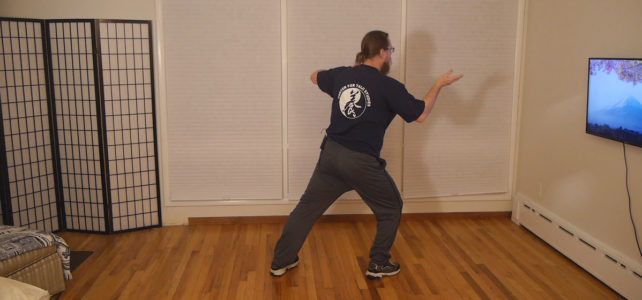
Champaign Urbana Taiji Qigong

Instead of a typical blog entry on theory and mechanisms of taiji practice, I thought we’d just share a typical taiji class in this post. Below is a video playlist of portions of our Feb 18, 2021 virtual Zoom class…
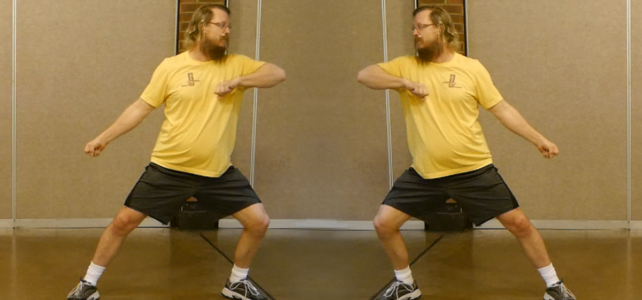
In Part I of this article on variables of form practice we addressed when and why one should practice faster taiji (tai chi) forms. Here we take up another variable: practicing “the other side.” I understand that practicing the mirror…
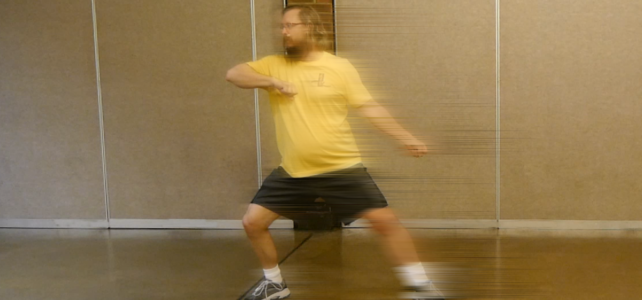
Should you practice taiji (tai chi) form at variable speeds? Should you practice “the other side?” Both are common questions with the same answer: yes, absolutely yes! But one must understand why and when to incorporate these variables for efficient…
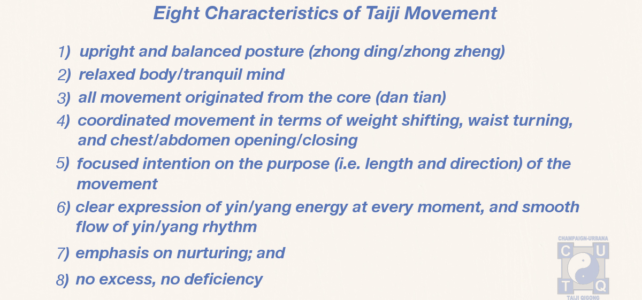
In Part I of our article “What’s the Difference?” I listed seven characteristics of taiji (tai chi) movement. Based on questions/comments received, I thought it worthwhile to expound a bit on each of these. The goal here was to make…
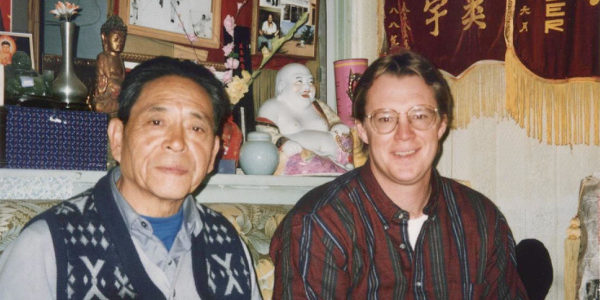
Only because I was Dr. Yang Yang’s student, I was fortunate to have the opportunity to travel to China on several occasions and to meet privately with his teacher, Grandmaster Feng Zhiqiang, at his apartment in Beijing. On my first…
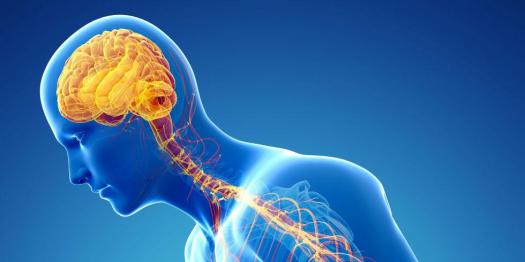
In Part I we examined the classical saying “power is released from the spine,” noting how flexion of the spine and core strength are integral mechanisms of “internal” power. This could be described as the “yang” of taiji (tai chi)…